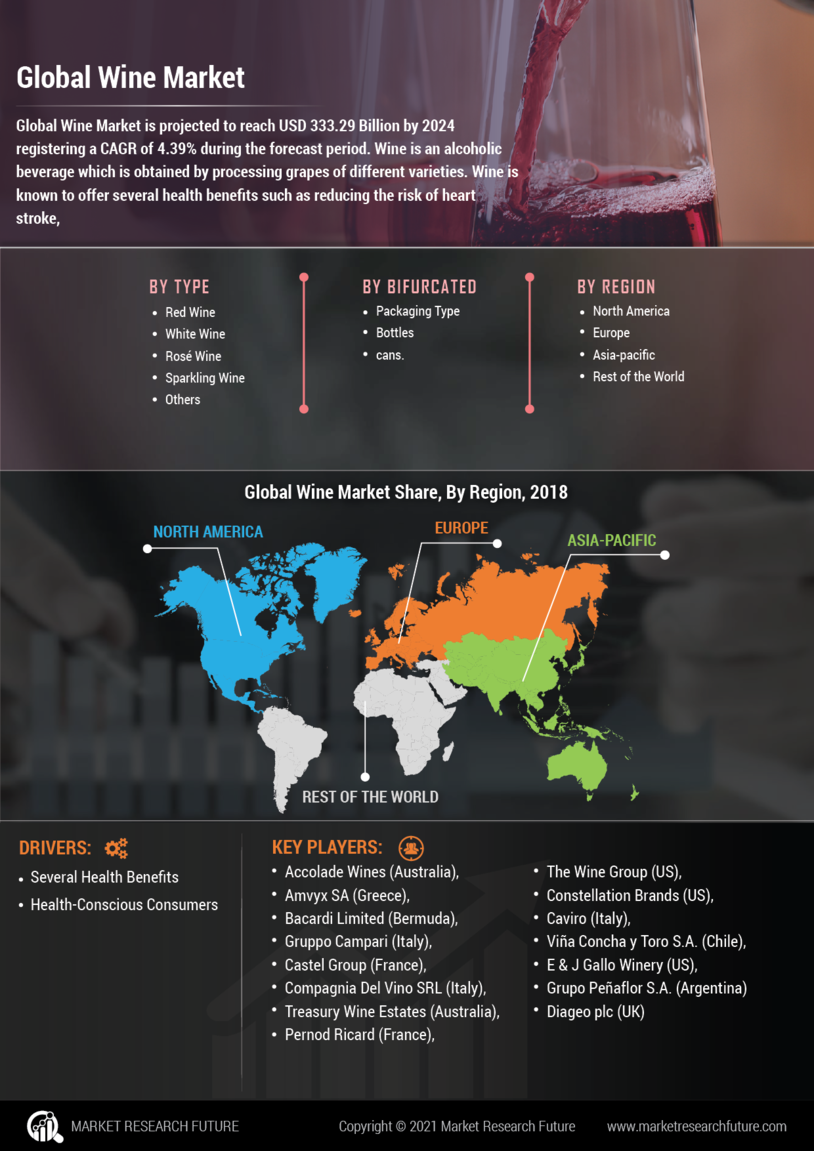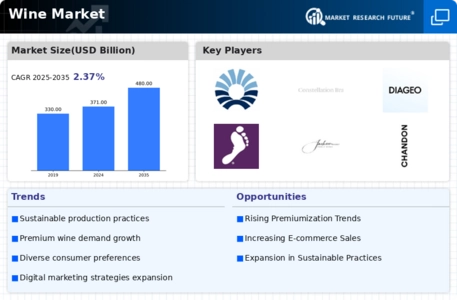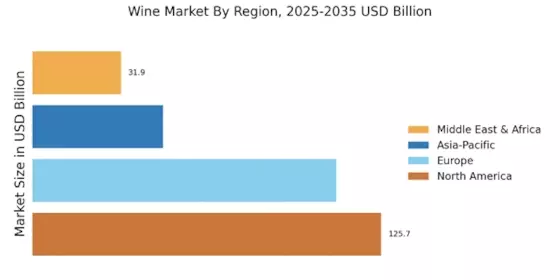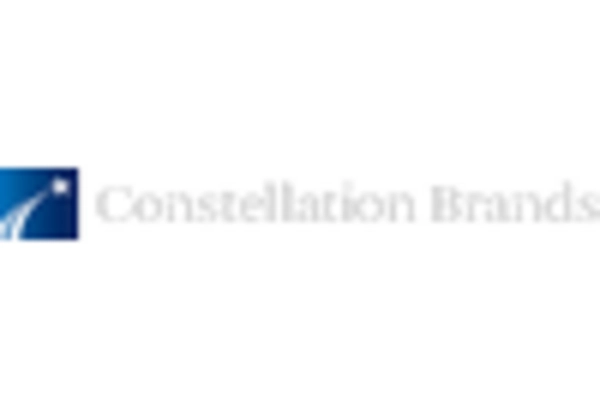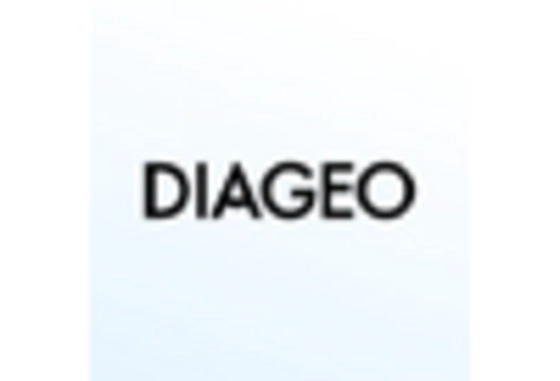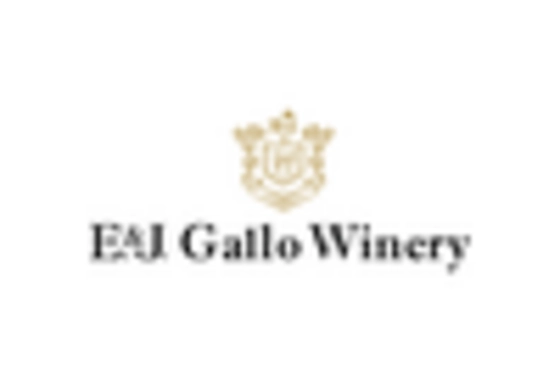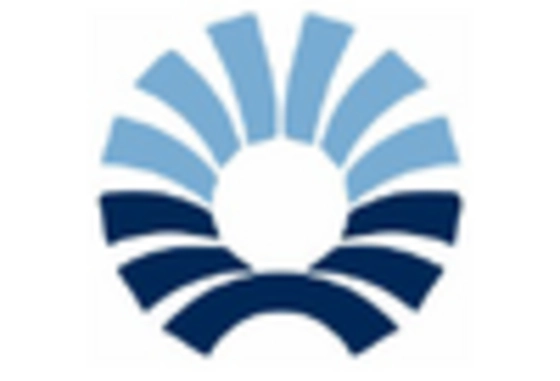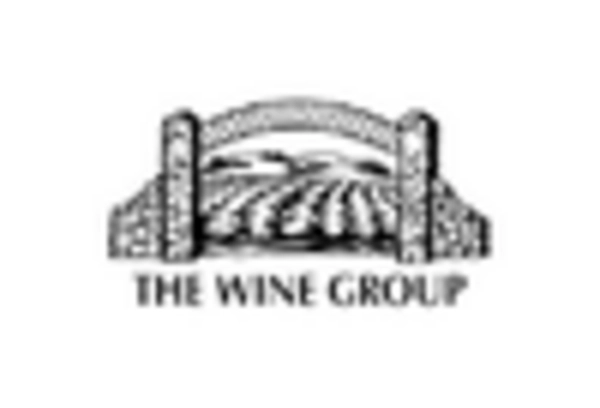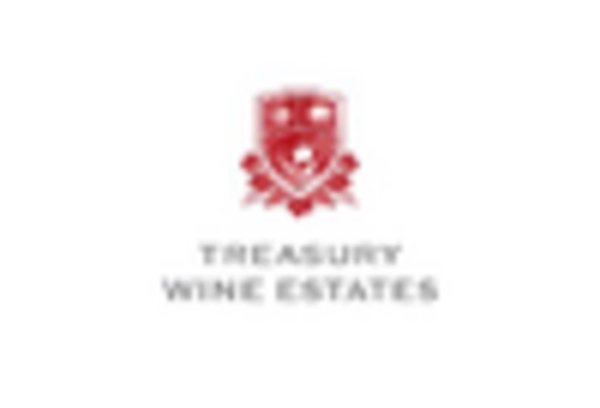Emergence of Wine Tourism
The Wine Market is significantly impacted by the rise of wine tourism, which has become a vital driver of growth. Wine Market regions are increasingly recognized as attractive travel destinations, drawing millions of visitors annually. This trend is evidenced by a reported 15% increase in wine-related tourism activities, including vineyard tours and tastings. Wine Market tourism not only boosts local economies but also enhances brand visibility for wineries, creating a symbiotic relationship between tourism and the Wine Industry. As more consumers seek immersive experiences, the potential for growth in this sector appears promising.
Innovative Packaging Solutions
The Wine Market is adapting to changing consumer preferences through innovative packaging solutions. The rise of alternative packaging, such as cans and pouches, caters to a younger demographic seeking convenience and portability. Recent data suggests that canned wine sales have increased by over 50% in the past year, indicating a shift in consumer behavior. This trend reflects a broader movement towards sustainability, as many consumers prefer eco-friendly packaging options. As the Wine Industry embraces these innovations, it is likely to attract a wider audience and enhance overall market growth.
Health Consciousness and Wine Consumption
The Wine Market is witnessing a shift in consumer behavior as health consciousness becomes more prevalent. Many consumers are opting for moderate wine consumption, associating it with potential health benefits such as improved cardiovascular health. Research indicates that moderate wine drinkers may experience a 30% lower risk of heart disease compared to non-drinkers. This trend is particularly evident among millennials and Gen Z, who are increasingly choosing wines perceived as healthier options, such as organic or low-sugar varieties. As health trends continue to influence purchasing decisions, the Wine Industry is likely to adapt by offering products that align with these consumer preferences.
Rising Consumer Interest in Wine Education
The Wine Market experiences a notable increase in consumer interest regarding wine education. As individuals become more discerning about their choices, they seek knowledge about wine varieties, regions, and tasting techniques. This trend is reflected in the growing number of wine courses and tasting events, which have surged by approximately 20% in recent years. Wine Market enthusiasts are increasingly participating in workshops and online courses, enhancing their appreciation for different wine styles. This heightened awareness not only drives sales but also fosters a culture of informed consumption, which is likely to benefit the Wine Industry in the long term.
Digital Marketing and Social Media Influence
The Wine Market is increasingly leveraging digital marketing and social media platforms to engage consumers. With the rise of online wine sales, wineries are utilizing targeted advertising and influencer partnerships to reach potential customers. Recent statistics indicate that nearly 70% of wine consumers are influenced by social media when making purchasing decisions. This trend underscores the importance of a robust online presence for wineries, as they seek to connect with a tech-savvy audience. As digital marketing strategies evolve, the Wine Industry is poised to benefit from enhanced consumer engagement and increased sales.
